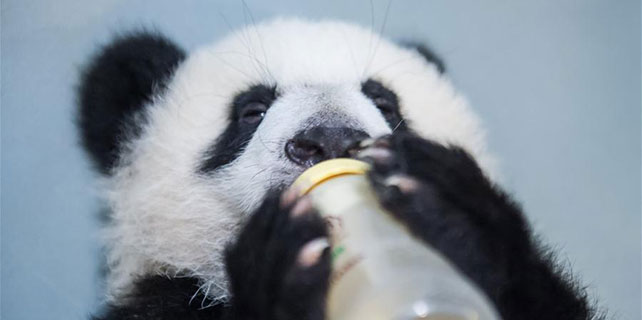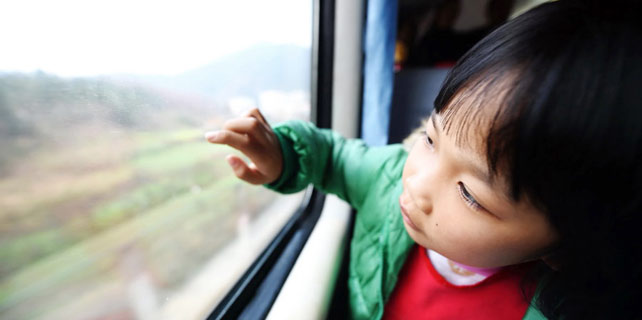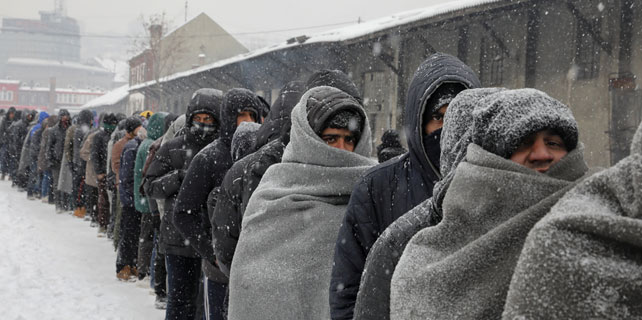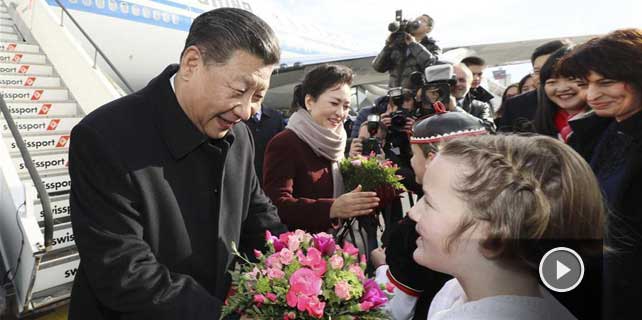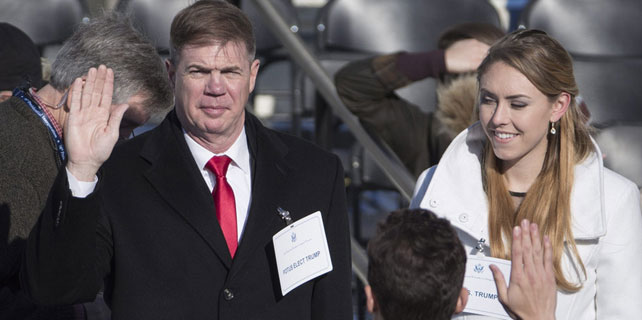Thangka gets new lease of life
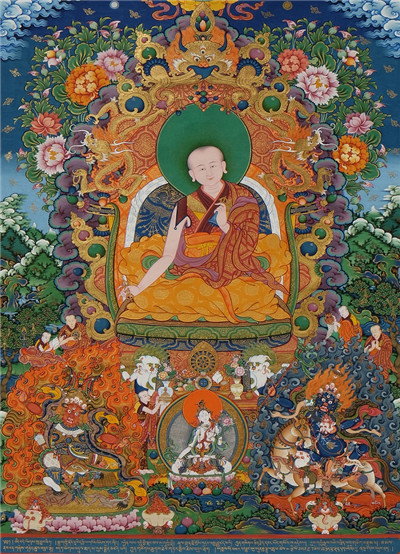 |
|
[Photo provided to China Daily] |
In Green Tara Goddess by Shalu Wangdu, the central deity is not placed in an elaborate composition featuring many small Buddhist figures and patterns, and a clear division between heaven and Earth.
The background is pale green with loosely scattered patterns, presenting a refreshing, elegant touch.
"The painting, however, looks no less brilliant than others that were painted in the traditional style," says Lhapa Tsering.
The exhibition highlights China's efforts to preserve thangka art over the decades.
Thangka was included on the national list of intangible cultural heritage in 2006.
Separately, Regong art, a collective of plastic arts including thangka that is practiced in Qinghai province's Tibetan villages, was added to UNESCO's Representative List of Intangible Cultural Heritage of Humanity in 2009.
As of now, China has six State-level thangka inheritors. Three are from the Tibet autonomous region and the others are from Tibetan areas in Sichuan and Gansu provinces.
Among them, Ngawang Jigme, a professor of Tibet University, is the only State-designated inheritor who follows the traditional techniques that use Tibetan mineral and plant pigments.
Tibet University started thangka courses in 1985 and now grants bachelor's, master's and doctoral degrees. It has helped to modernize thangka, which for centuries was passed down only to family members and apprentices. Also, it allows girls to study and practice the age-old tradition that was earlier the exclusive preserve of boys.
Lhasa has hosted an annual Thangka Art Expo since 2011. There, experts also discuss how to improve and build a healthy market for thangka.
At the expo, master painters and scholars also critique works by thangka painters and decide whether to upgrade their ratings.
Konchog Je, a first-grade painter at Lhasa's Tibet Thangka Academy, says that the latest expo, held from Dec 23 to 25, saw artists from different schools team up to improve thangka technically and artistically.





